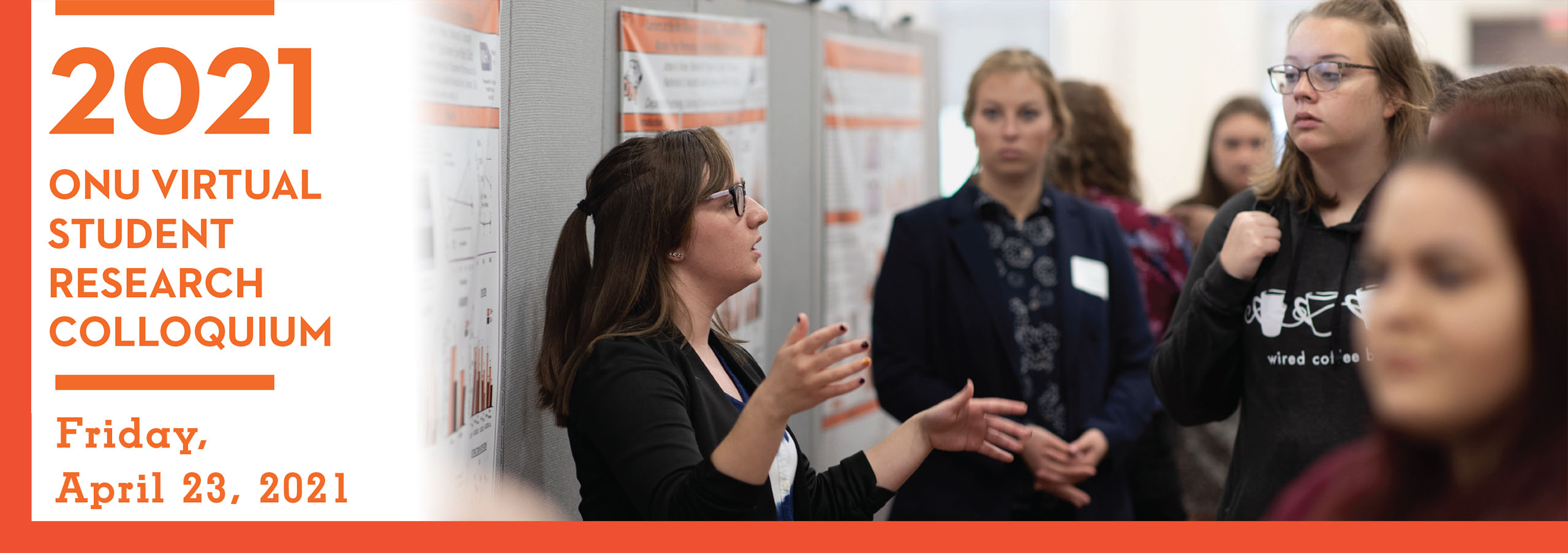Sponsor
Jamie Hunsicker, DNP
Ohio Northern University
Health & Behavioral Sciences, Nursing
j-hunsicker@onu.edu
Advisor(s)
Jamie Hunsicker, DNP
Ohio Northern University
Health & Behavioral Sciences, Nursing
j-hunsicker@onu.edu
Document Type
Poster
Start Date
23-4-2021 9:00 AM
Abstract
Problem: Fall related injuries are a serious issue that hospital systems face today. Inpatient falls result in longer hospital stays, increased costs, decreased patient satisfaction, and poor health outcomes.
Aims: The purpose of this project was to determine the effect of fall injury education on nurses’ knowledge and implementation of fall prevention.
Methods: Education was provided during AM & PM shift changes to nurses of an ICU stepdown unit. Both verbal education and an author-developed pamphlet were used. Fall injury prevention knowledge and interventions were measured pre-intervention and two weeks following education. Surveys included questions regarding demographic criteria and behavioral based questions concerning fall prevention strategies. Such as utilizing bed alarms, hourly rounding and patient education and fall risk assessments.
Pertinent Findings: It is expected that education will increase nurses’ knowledge and use of fall prevention interventions.
Conclusion: This project shows the benefits of fall prevention education on nursing staff and the importance of including patients in fall related care plans. By doing so the unit will ultimately see decreased patient fall rates and increased patient satisfaction scores. Therefore, improving patient safety and health outcomes.
Recommended Citation
Jones, Schuyler, "The Effect of Fall Prevention Education on Nursing Staff" (2021). ONU Student Research Colloquium. 28.
https://digitalcommons.onu.edu/student_research_colloquium/2021/posters/28
Restricted
Available to ONU community via local IP address and ONU login.
The Effect of Fall Prevention Education on Nursing Staff
Problem: Fall related injuries are a serious issue that hospital systems face today. Inpatient falls result in longer hospital stays, increased costs, decreased patient satisfaction, and poor health outcomes.
Aims: The purpose of this project was to determine the effect of fall injury education on nurses’ knowledge and implementation of fall prevention.
Methods: Education was provided during AM & PM shift changes to nurses of an ICU stepdown unit. Both verbal education and an author-developed pamphlet were used. Fall injury prevention knowledge and interventions were measured pre-intervention and two weeks following education. Surveys included questions regarding demographic criteria and behavioral based questions concerning fall prevention strategies. Such as utilizing bed alarms, hourly rounding and patient education and fall risk assessments.
Pertinent Findings: It is expected that education will increase nurses’ knowledge and use of fall prevention interventions.
Conclusion: This project shows the benefits of fall prevention education on nursing staff and the importance of including patients in fall related care plans. By doing so the unit will ultimately see decreased patient fall rates and increased patient satisfaction scores. Therefore, improving patient safety and health outcomes.

